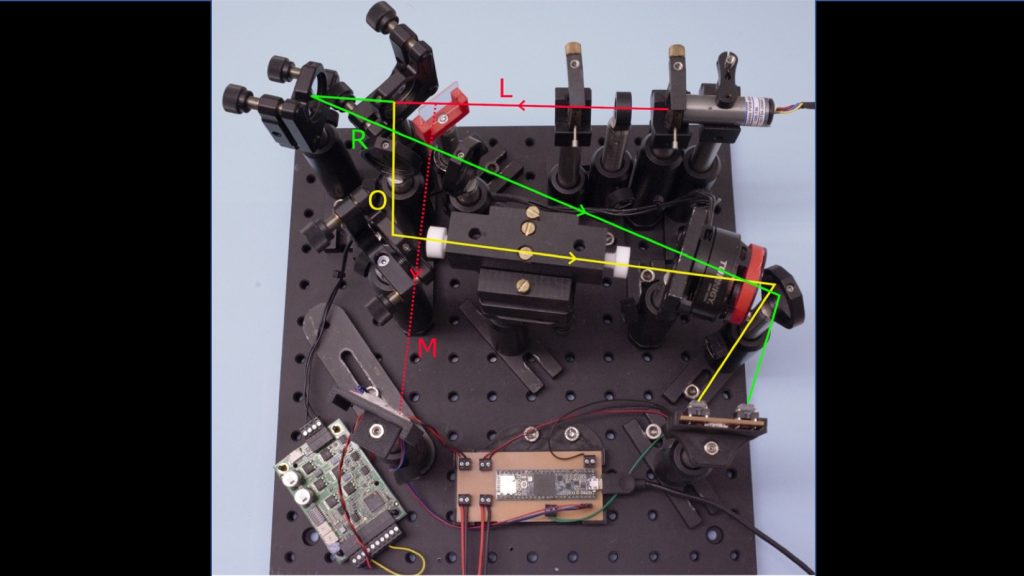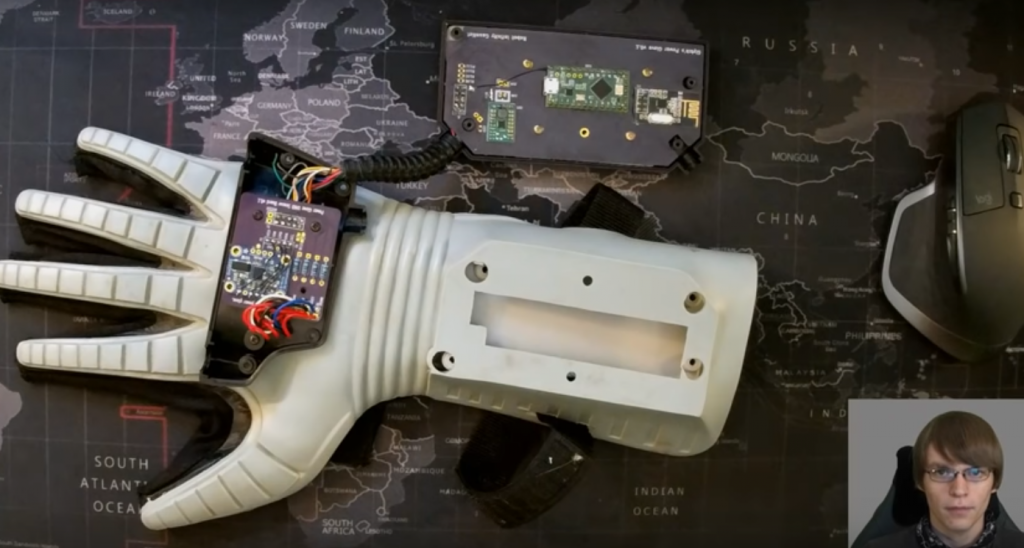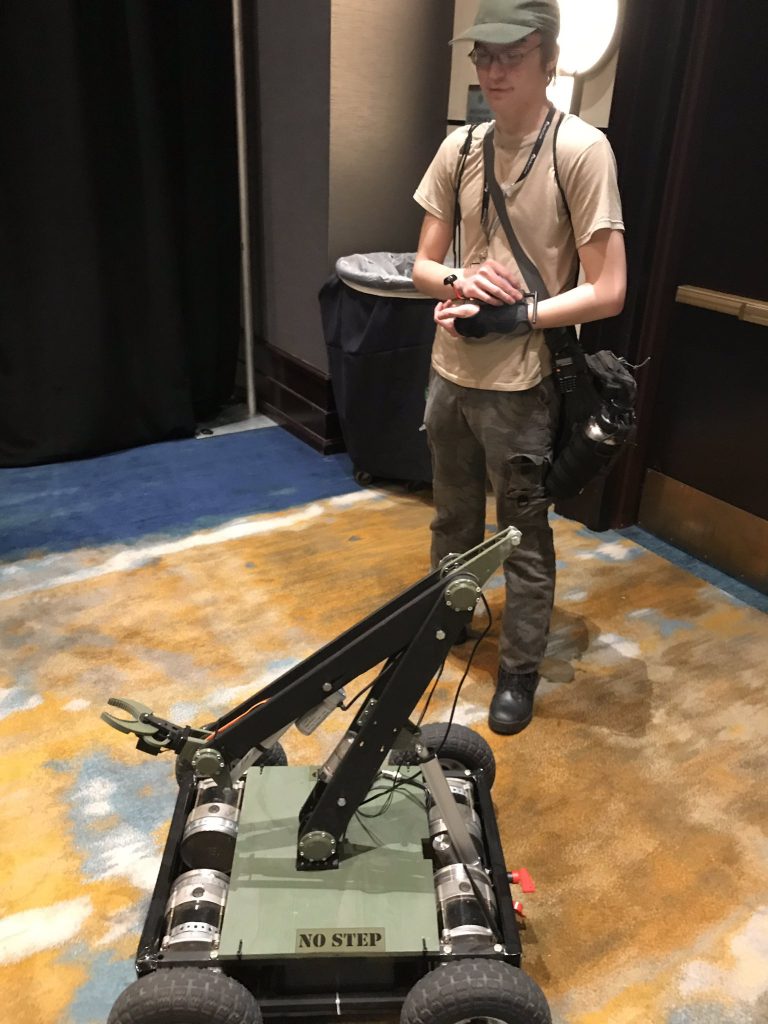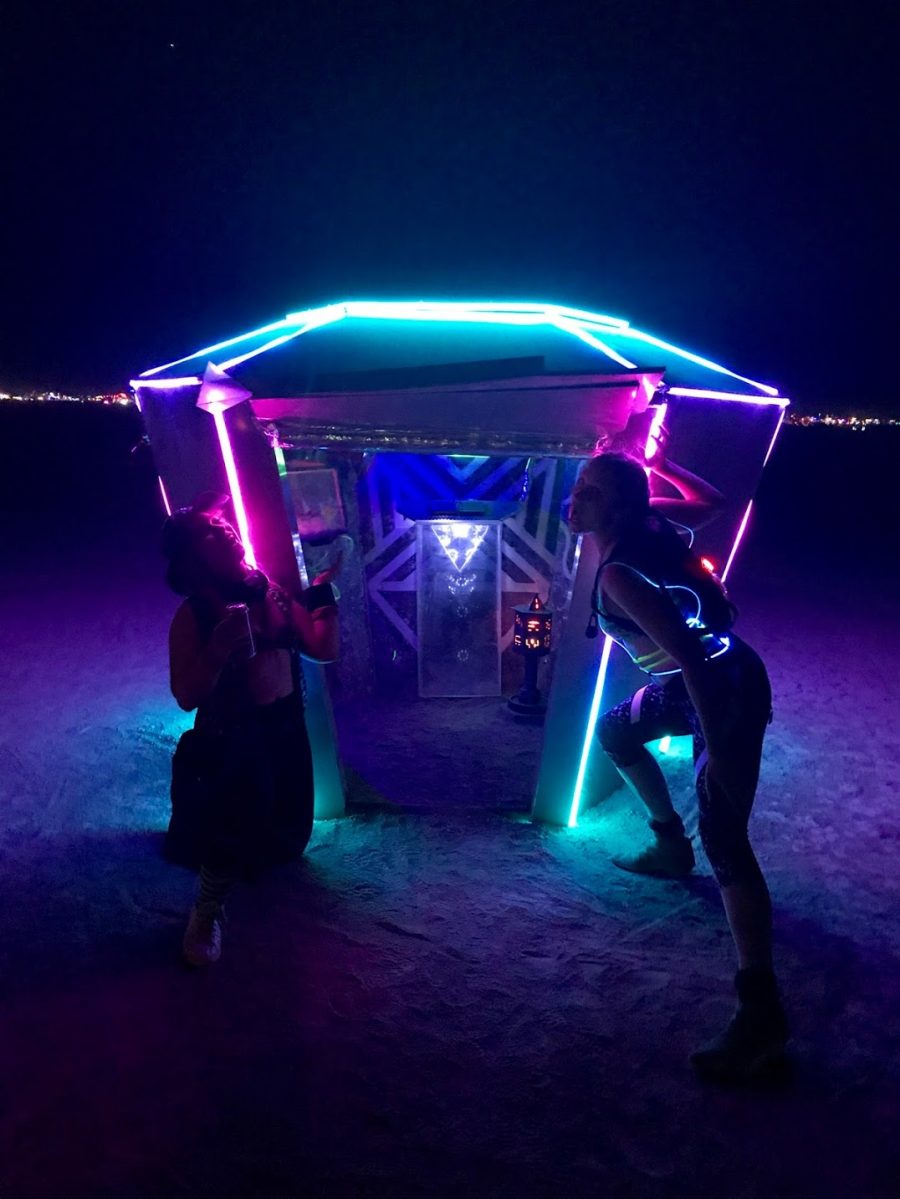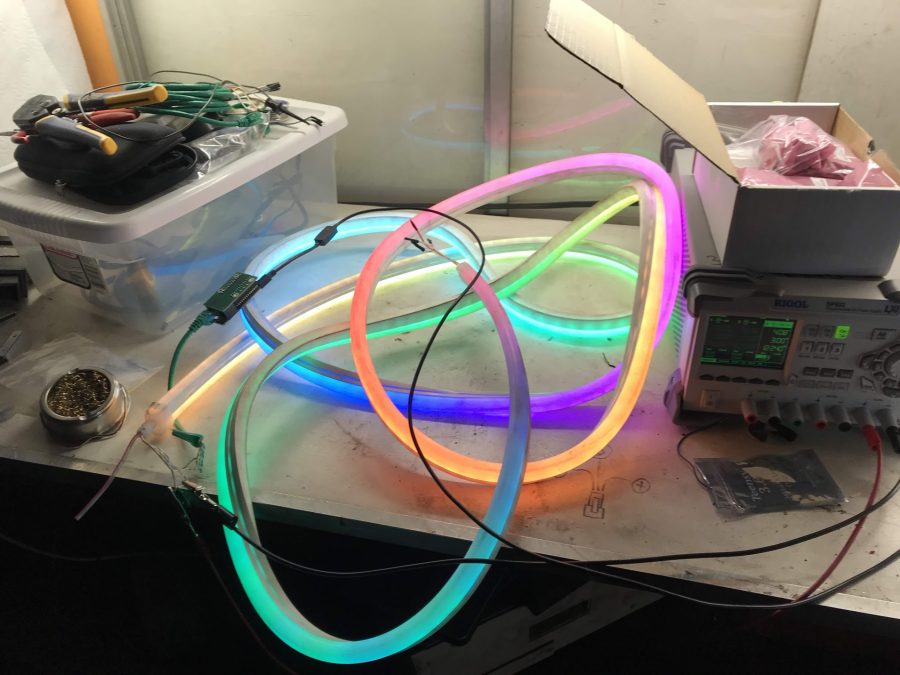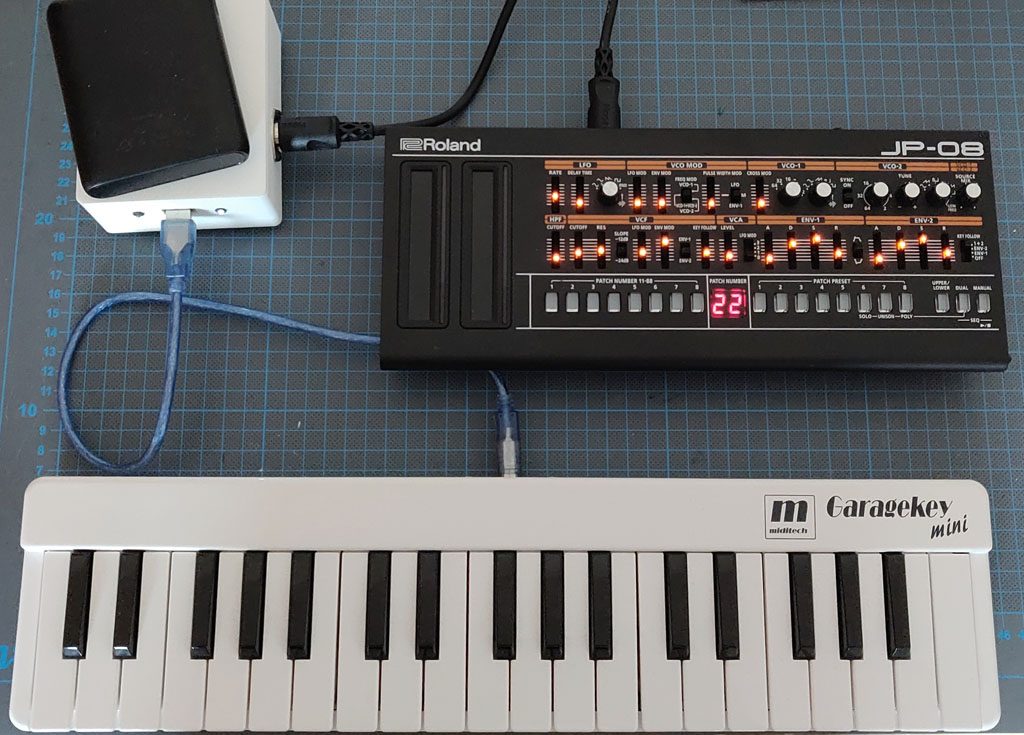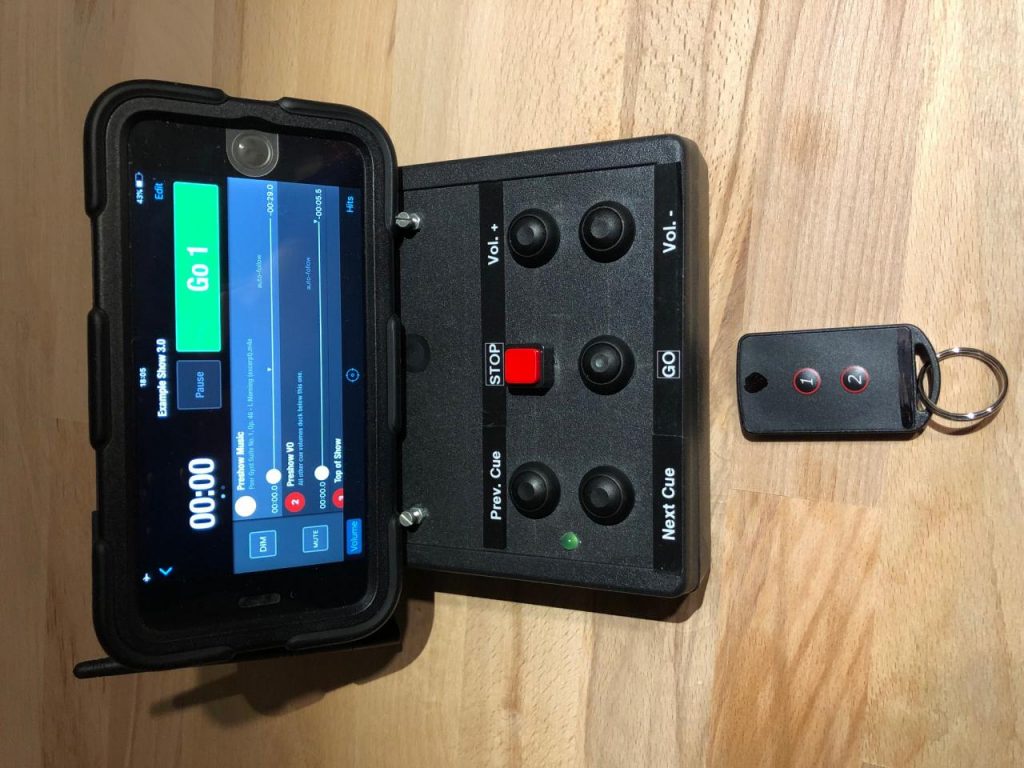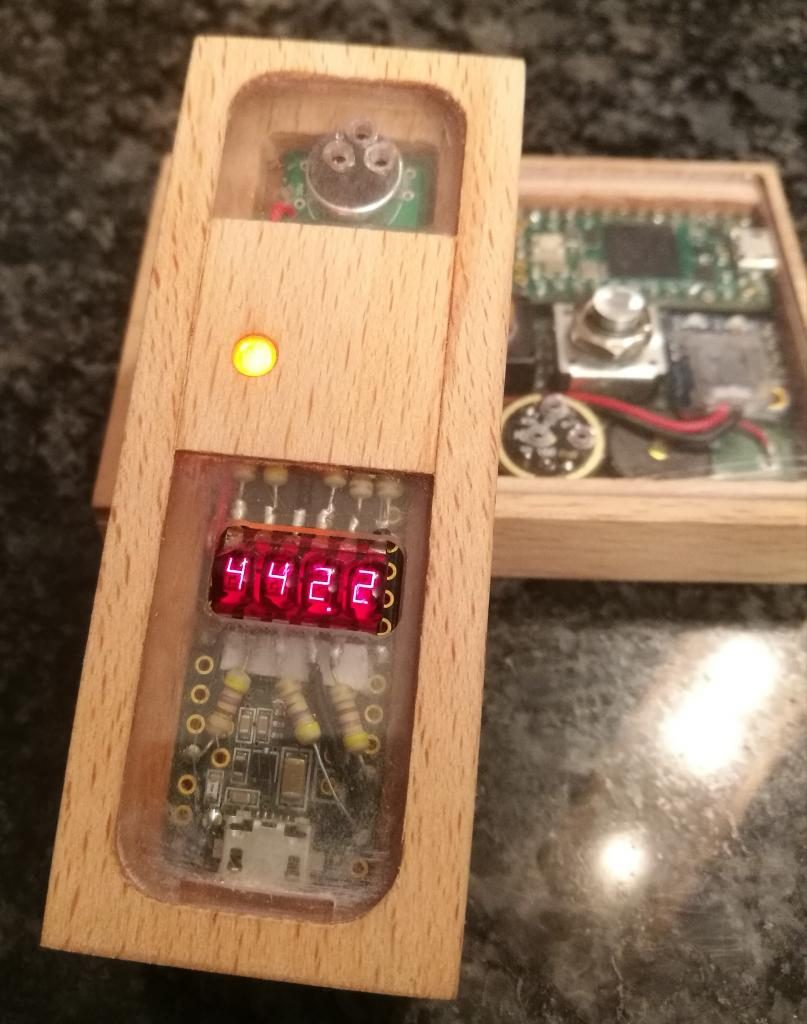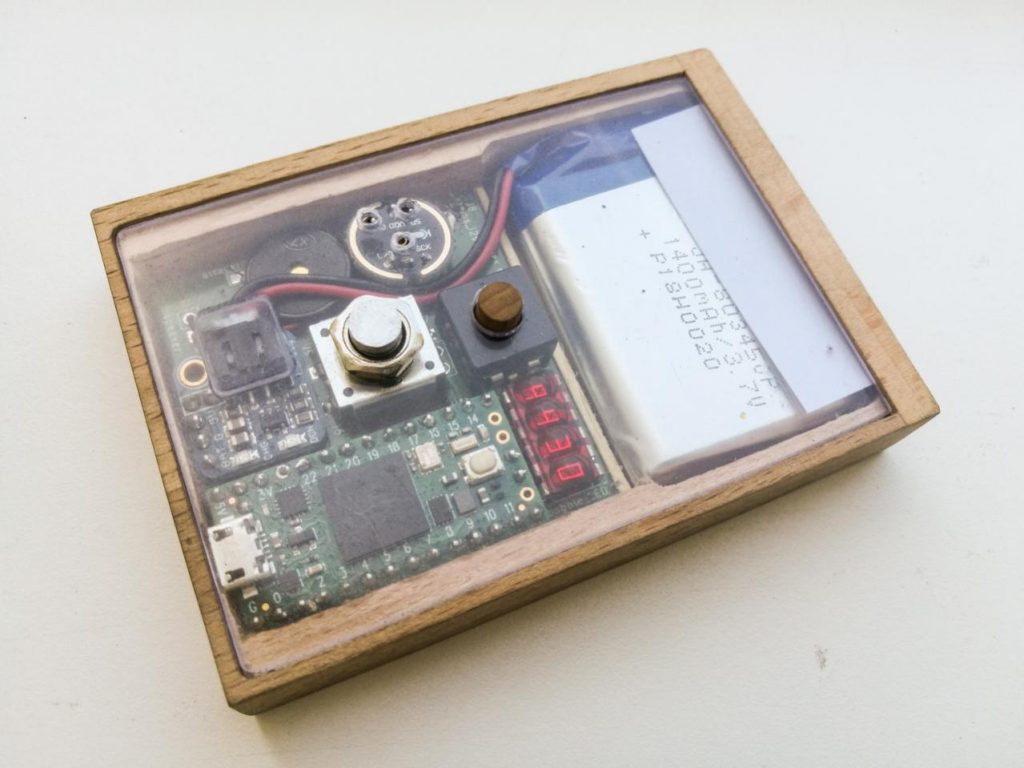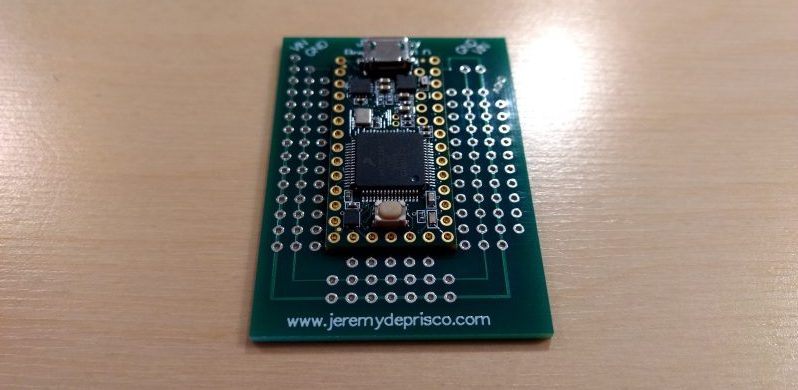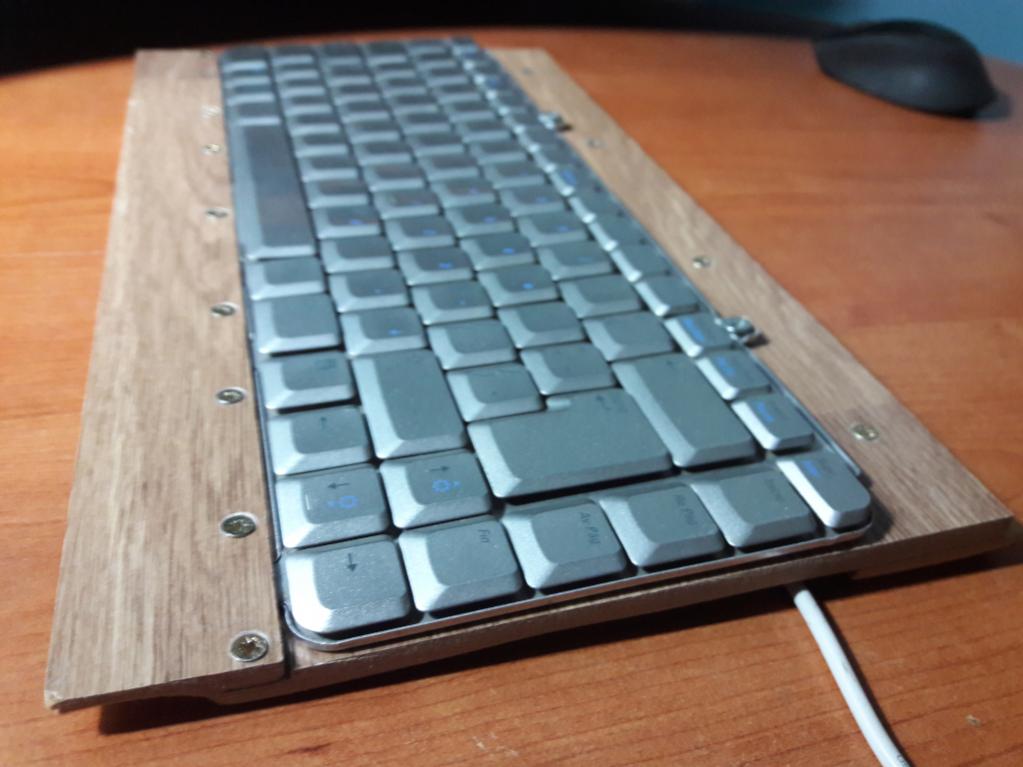Thea “Stargirl” Flowers restored this non-working IBM Model M keyboard by creating all new electronics.
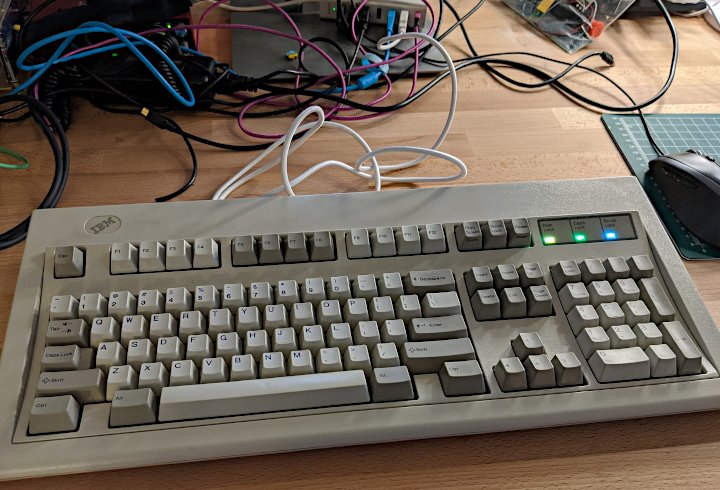
The electronics are replaced by this custom circuit board.
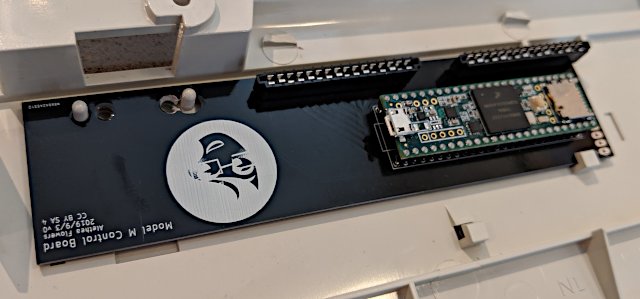
On Twitter, she explains “Unless the controller board is fried (like this one was) I recommend using an external converter over doing this, as they are nice vintage electronics and should be preserved if possible.” and “If it’s mint and functional I’d go for a ps/2 to USB adapter and leave the guts intact. This one came to me non-functional so I had to replace the membrane and control board.”
But replacing all the electronics did allow for small upgrades, such as replacing 3 LEDs.

A second PCB with 3 addressable LEDs allows them to be any color.
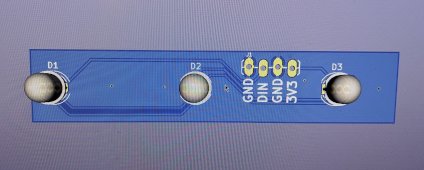
While a detailed blog article was never written, she did share all the source code and PCB files on GitHub, of which she explains “With two months of free time you too can have a USB model M! (Or you can just buy a ps/2 to USB converter)“.
